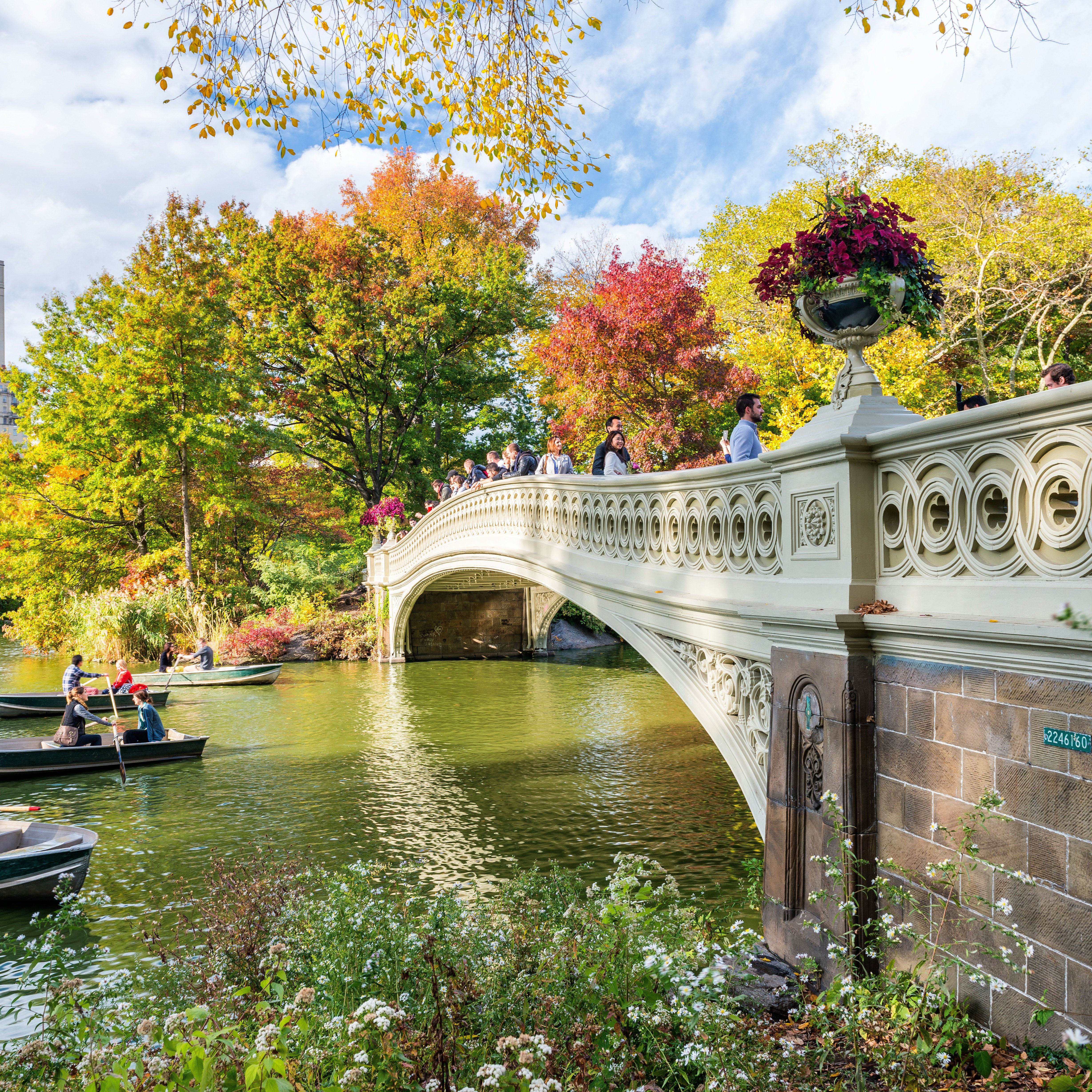

Overview
Walking past rows of brownstones on quiet side streets, the Upper West Side still has the power to make you feel like you've stepped out of a New York movie. Diners and delis harbour vestiges of old communities in this noted family neighbourhood, now being given new verve by artisan coffee shops and designer emporiums. It is bordered by two parks: Riverside Park lines the Hudson River, while the verdant expanse of Central Park stretches off to the east. It's also where you'll find the stellar Lincoln Center cultural enclave, and American Museum of Natural History.
Leave the planning to a local expert
Experience the real Upper West Side & Central Park. Let a local expert handle the planning for you.
Must-see attractions
Get a book. Get inspired. Get exploring.
in partnership with getyourguide













